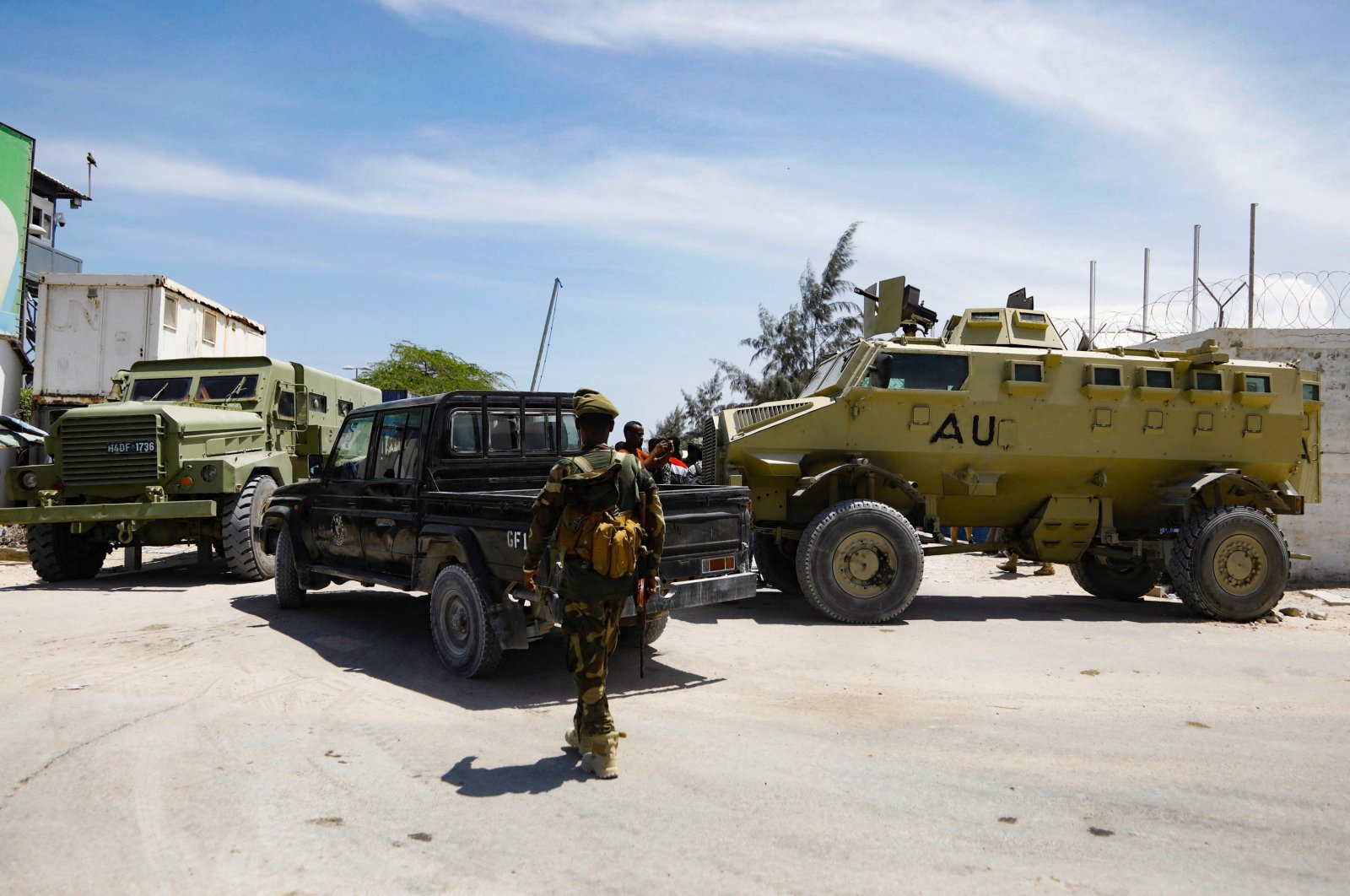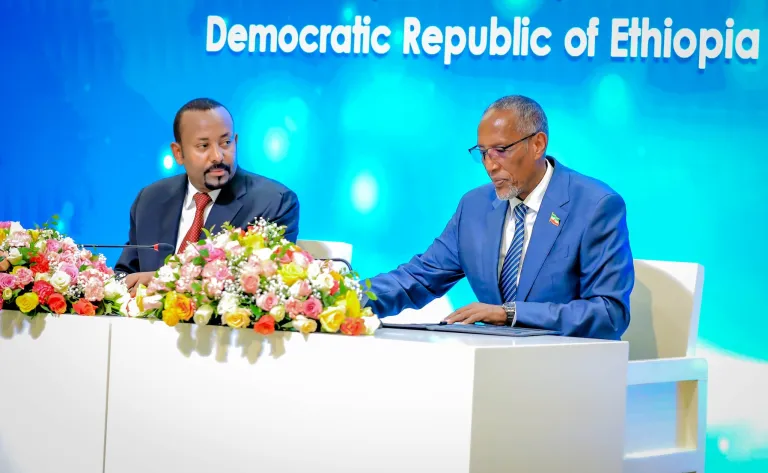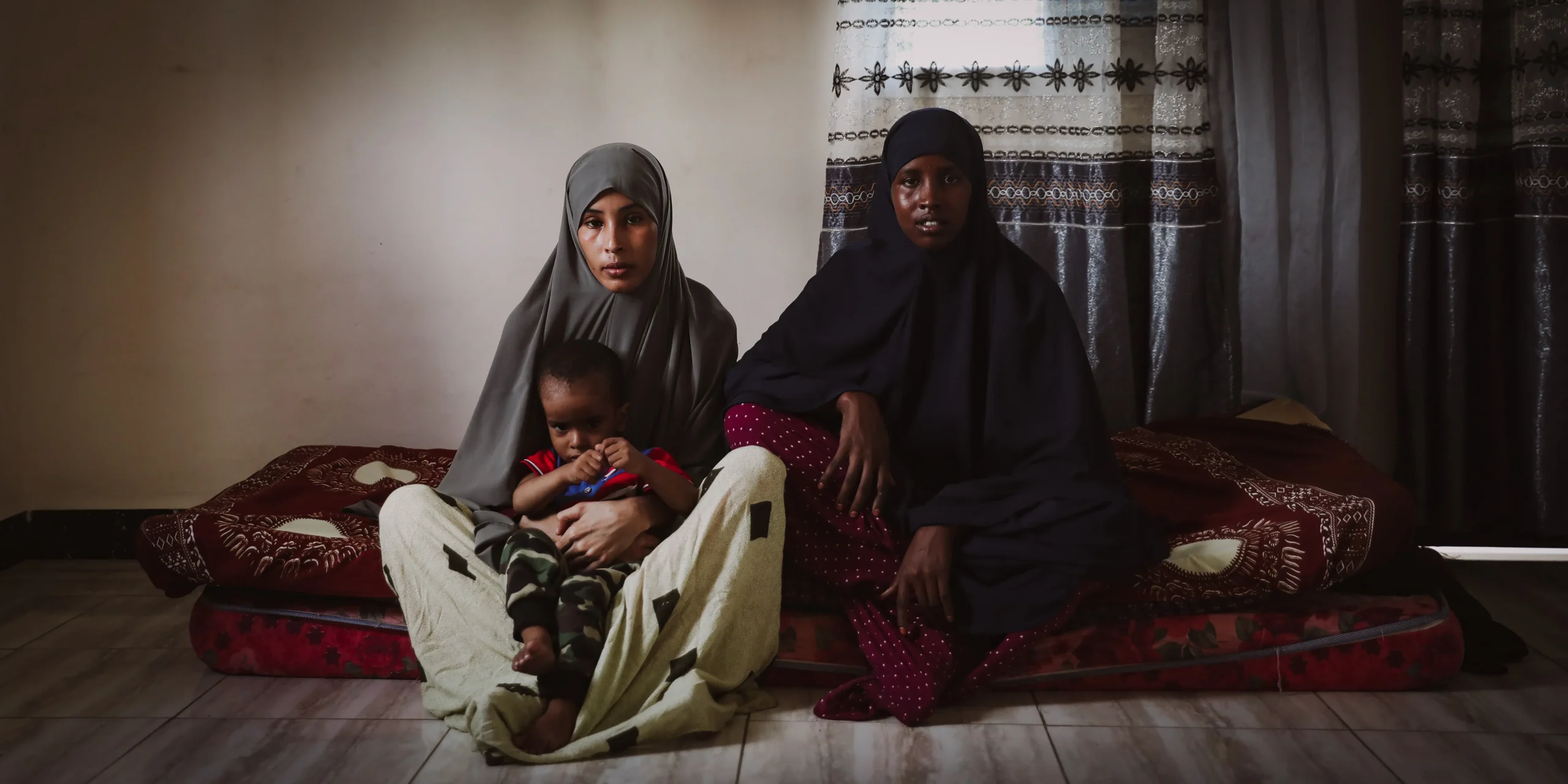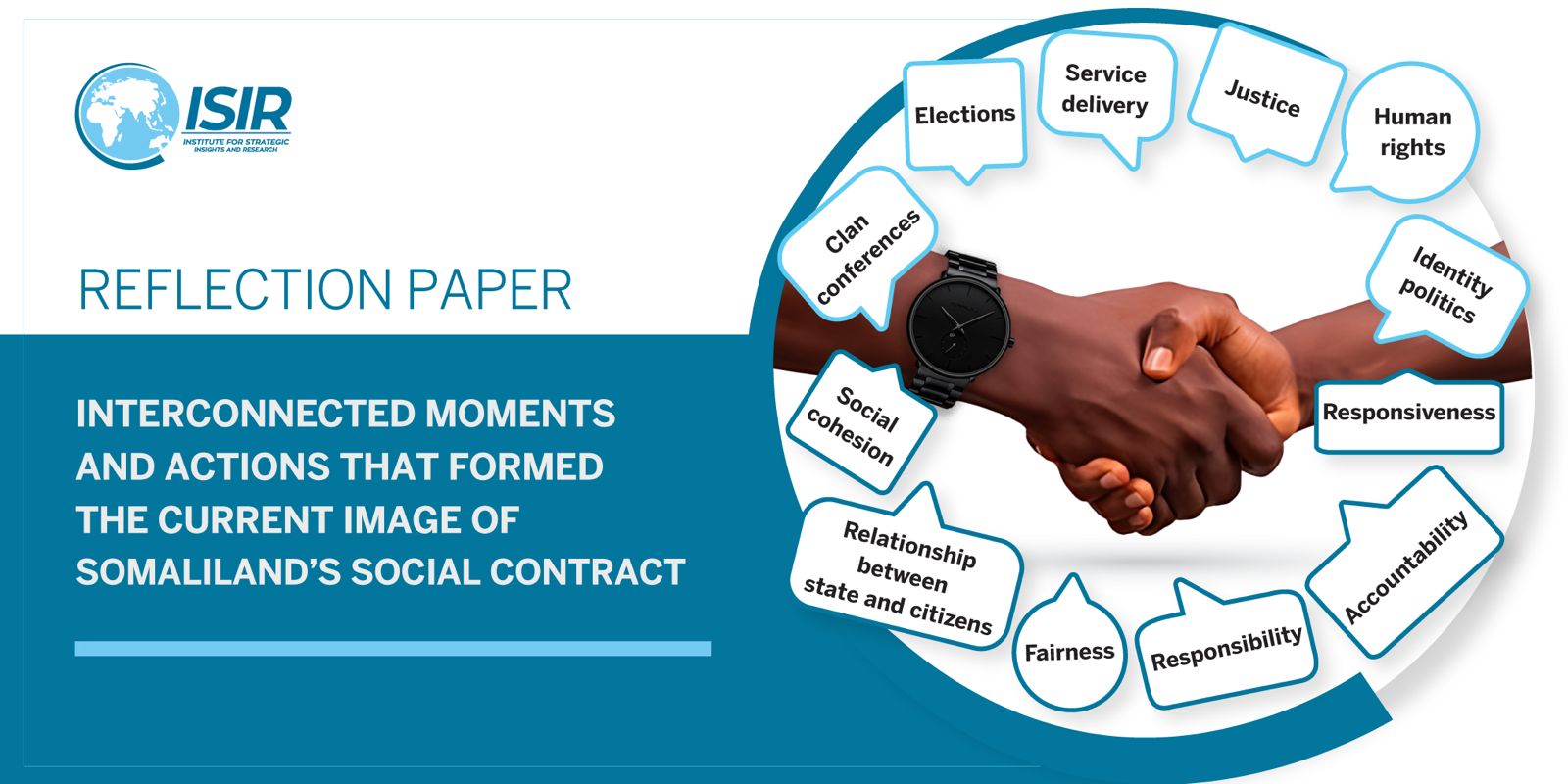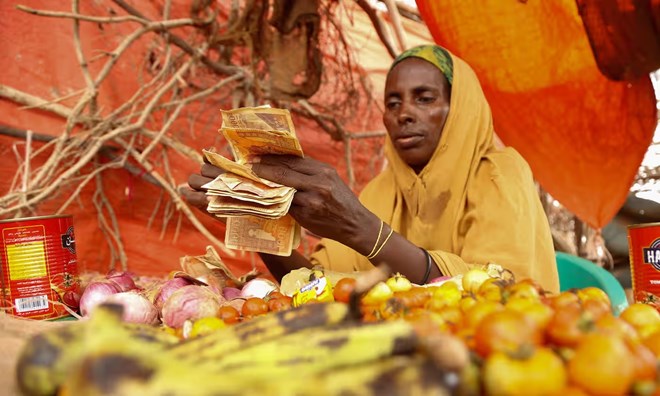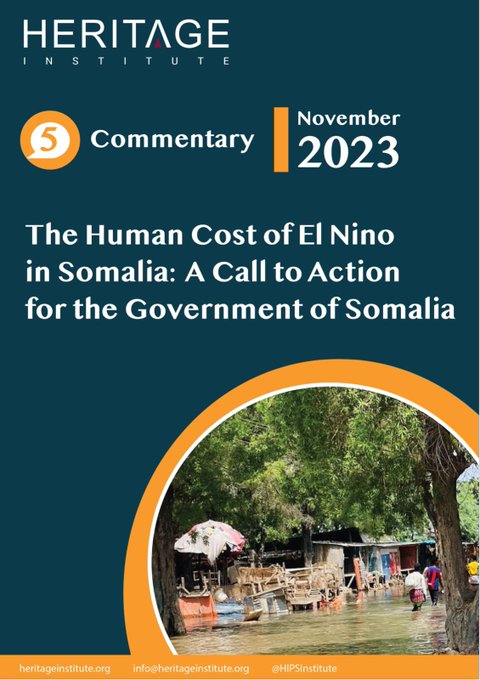Hargeisa 9SD) – Somaliland’s history as a distinct region of Somalia dates back to the late 1800s. The territory was a British protectorate until 1960, when it unified with the rest of present-day Somalia, which had been under Italian rule. The merger faced challenges early on, with many in Somaliland rejecting the centralization of power in the country’s south.
A rebel group, the Somali National Movement (SNM), emerged in Somaliland in the 1980s opposing the military junta of President Siad Barre, which seized power in 1969. In January 1991, SNM and other insurgent groups ousted Barre, whose forces had killed and destroyed much of the region’s infrastructure. SNM refused to recognize an interim government led by another militia group, and that May it declared Somaliland’s independence, with the city of Hargeisa as capital.
It took delegates a decade to thrash out a new constitution for Somaliland, which voters overwhelmingly approved in 2001. The referendum saw a transition from a power-sharing agreement among leading clans to a multiparty democracy. Although some international observers applauded the peaceful vote, no government recognized the process.

Somaliland has been a self-governing state for close to three decades, but its claim of independence is not recognized by any foreign government. While this has limited Somaliland’s access to international markets, it has not prevented the breakaway state from making steady democratic gains and attracting foreign investment. Some analysts say Somaliland, which has a distinct history and remains more stable than the rest of Somalia, has a strong case for independence. Others fear that international recognition would encourage other secessionist movements in Africa.
Categories: Latest News








